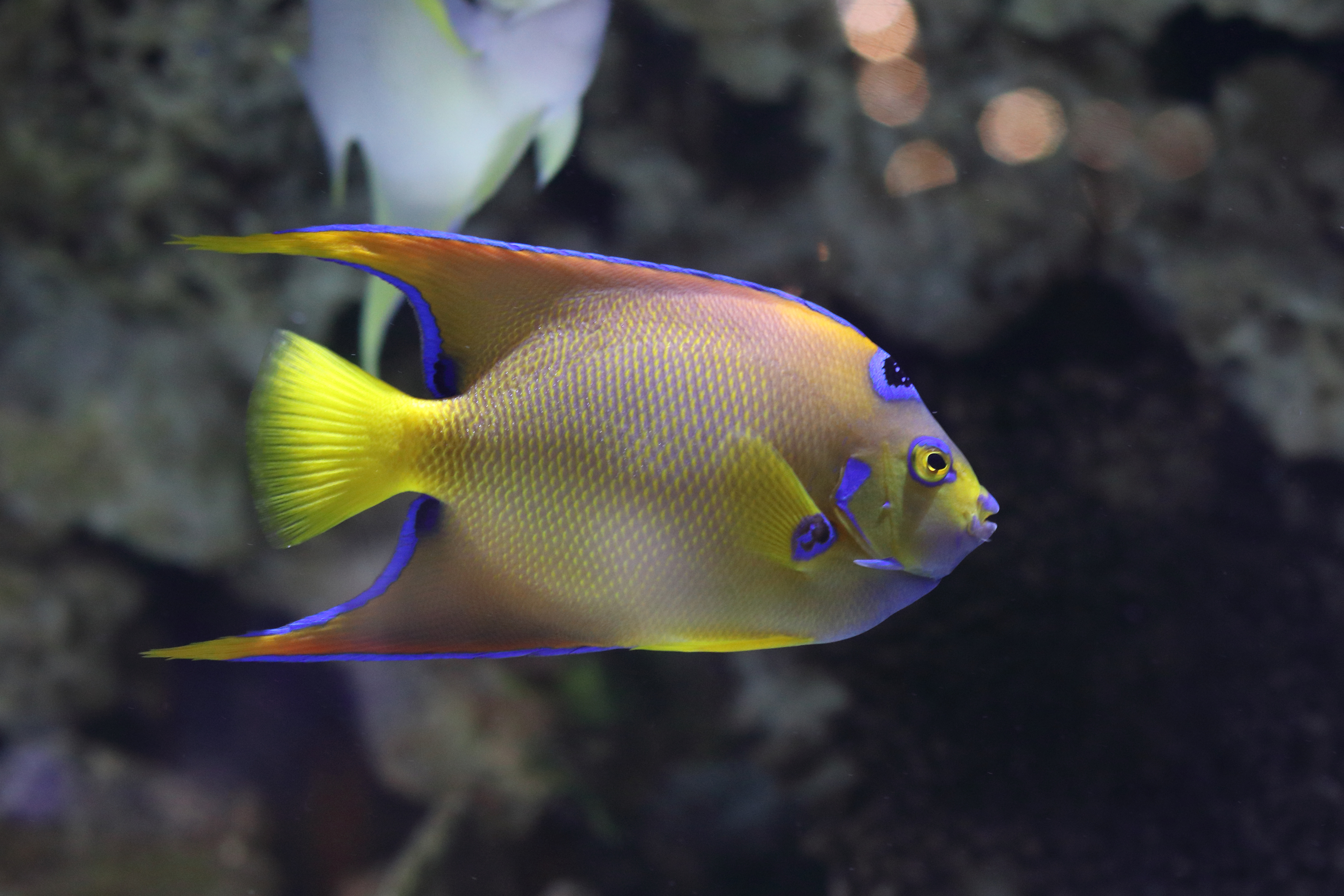Microcotyle Angelichthys on:
[Wikipedia]
[Google]
[Amazon]
''Microcotyle angelichthys'' is a species of monogenean, parasitic on the gills of a marine fish. It belongs to the family Microcotylidae.MacCallum, G.A. (1913) Further notes on the genus ''Microcotyle''. Zoologische Jahrbücher. Abteilung für Systematik, Geographie und Biologie der Tiere, 35, 389-402
PDF in BHL
Studies on the parasites of Indian fishes. IV. Trematoda: Monogenea, Mictoeotylidae
Records of the Indian Museum, 52(2/4), 231-247. As Tripathi (1956) listed species within each subgenus in alphabetical order, without designating a type species, his subgeneric names and grouping were considered invalid. Unnithan, R. V. (1971). On the functional morphology of a new fauna of Monogenoidea on fishes from Trivandrum and environs. Part IV. Microcotylidae sensu stricto and its repartition into subsidiary taxa. American Midland Naturalist, 366-398. Unnithan (1971) placed ''M. angelichthys'' in the nominal subgenus ''Microcotyle'' as ''Microcotyle (Microcotyle) angelichthys''.
 The host-type is the Angel fish, ''
The host-type is the Angel fish, ''
PDF in BHL
Systematics
''Microcotyle angelichthys'' was described by MacCallum in 1913 from the gills of ''Holacanthus ciliaris
The queen angelfish (''Holacanthus ciliaris''), also known as the blue angelfish, golden angelfish, or yellow angelfish, is a species of marine angelfish found in the western Atlantic Ocean. It is a benthic (ocean floor) warm-water species that ...
'' ( Pomacanthidae ) collected at New York Aquarium.
Tripathi (1956) created the new subgenus ''Microcotyle'' in which he placed ''M. angelichthys''. Tripathi, Y. R. (1956)Studies on the parasites of Indian fishes. IV. Trematoda: Monogenea, Mictoeotylidae
Records of the Indian Museum, 52(2/4), 231-247. As Tripathi (1956) listed species within each subgenus in alphabetical order, without designating a type species, his subgeneric names and grouping were considered invalid. Unnithan, R. V. (1971). On the functional morphology of a new fauna of Monogenoidea on fishes from Trivandrum and environs. Part IV. Microcotylidae sensu stricto and its repartition into subsidiary taxa. American Midland Naturalist, 366-398. Unnithan (1971) placed ''M. angelichthys'' in the nominal subgenus ''Microcotyle'' as ''Microcotyle (Microcotyle) angelichthys''.
Description
''Microcotyle angelichthys'' has the general morphology of all species of ''Microcotyle
''Microcotyle'' is a genus which belongs to the phylum Platyhelminthes and class Monogenea. Species of ''Microcotyle'' are ectoparasites that affect their host by attaching themselves as larvae on the gills of the fish and grow into adult stage ...
'', with a small symmetrical body, comprising an anterior part which contains most organs and a posterior part called the haptor. The haptor is symmetrical, and bears 40-60 clamps, arranged as two rows, one on each side. The clamps of the haptor attach the animal to the gill of the fish. There are also two buccal suckers at the anterior extremity, provided with a central partition. The digestive organs include an anterior, terminal mouth, a large pharynx with a delicate structure, a short oesophagus which divides in front of the genital pore and a posterior intestine
The gastrointestinal tract (GI tract, digestive tract, alimentary canal) is the tract or passageway of the digestive system that leads from the mouth to the anus. The GI tract contains all the major organs of the digestive system, in humans ...
with two lateral branches provided with numerous secondary branches. Each adult contains male and female reproductive organs. The reproductive organs include an anterior genital atrium opening near the anterior end of the body, thickly armed with numerous spines, a medio-dorsal vagina, a single ovary
The ovary is an organ in the female reproductive system that produces an ovum. When released, this travels down the fallopian tube into the uterus, where it may become fertilized by a sperm. There is an ovary () found on each side of the body. ...
consisting of a more or less globular mass and 18-20 relatively large testes which are posterior to the ovary.
Hosts and localities
 The host-type is the Angel fish, ''
The host-type is the Angel fish, ''Holacanthus ciliaris
The queen angelfish (''Holacanthus ciliaris''), also known as the blue angelfish, golden angelfish, or yellow angelfish, is a species of marine angelfish found in the western Atlantic Ocean. It is a benthic (ocean floor) warm-water species that ...
'' ( Pomacanthidae ). The type-locality if the New York Aquarium.
Pathology
MacCallum (1913) stated that the number of ''Microcotyle angelichthys'' on ''Holacanthus ciliaris
The queen angelfish (''Holacanthus ciliaris''), also known as the blue angelfish, golden angelfish, or yellow angelfish, is a species of marine angelfish found in the western Atlantic Ocean. It is a benthic (ocean floor) warm-water species that ...
'', varying from a few to many thousands, caused the death of the host.
References
{{Taxonbar, from=Q59307537 Microcotylidae Animals described in 1913 Parasites of fish